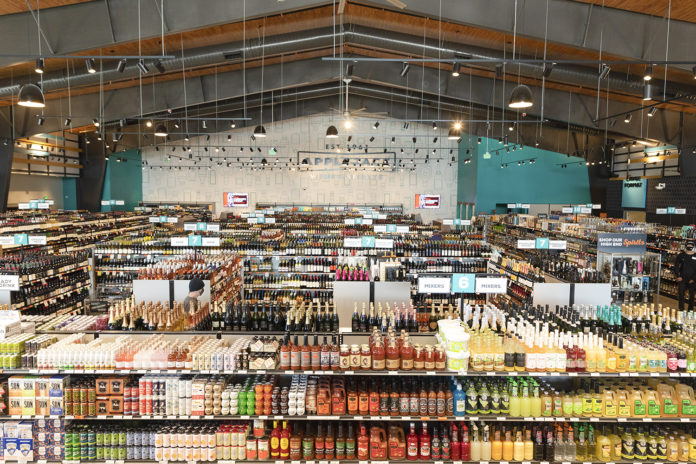“Cleanliness is Next to Godliness” comes from Charles Wesley, credited as the founder of the Methodist Church, though perhaps the phrase can be adapted to our retail stores as, “Cleanliness is Next to Profitability.”
We learned a valuable — and expensive — lesson while going through our warehouse. Our receiving process included writing the date received on a case. Imagine our surprise, and disappointment with ourselves, when we found a case that had been received eight months earlier, still sitting on a warehouse shelf. How many times had we reordered this product while it sat idle? Frustrating.
We then mapped our warehouse, and set a schedule to check every aisle and shelf. This was an easy way to determine what the lack of organization had cost us.
Perhaps you have had this experience: an invoice arrives, but you cannot find physical evidence of that merchandise. Perhaps it’s out on the sales floor? Let’s hope so!
Some organizational needs are evident by looking at checkouts, receiving areas and office desks. Others are not so obvious. Either way, lack of organization eats up a tremendous amount of time and money.
We offer a solution that we found most helpful in our business.
Beyond the suggestion of cleaning a desk, warehouse, salesfloor or checkout, we created a guide that helped everyone in our business perform any task. We began by having everybody make a note of examples of anything that had consumed their time and effort. During our bi-weekly staff meeting, each person shared these challenges that they had experienced.
With someone acting as a recording secretary, we held a discussion about what could be done to prevent these challenges from happening again. Because the discussion took place as a group, solutions came from different perspectives, and with a variety of plans of attack.
Notes taken by the secretary were later transcribed into one of two types of documents. One document was referred to as a policy — and the other a procedure.
The procedure was an outline of how to perform a specific task. This could be for unloading a truck, and what to do with the accompanying paperwork. Or how to handle the paperwork in a transaction at the register. For example, dollars entering a register should be placed in a specific manner in the drawer, along with a specification of the minimum amount of bills and coins to be kept in the drawer.
The policies created were the rules that we set for ourselves.
For instance: cell phone usage, or what was worn to work. We agreed that ladders should not be kept in the aisles. Excessive merchandise was stocked overhead in a specific manner, or returned to the warehouse. Cartons were not left in any aisle. We also wrote down best practices for maintenance and cleanup of the sales floor, warehouse and checkout area.
Because the entire staff participated in the creation of any policy or procedure, there was a lot of buy-in by everybody.
Of course, cleanliness also transcends to the areas generally reserved for managers and owners. From observation of multiple businesses, we have found that when there are policies and procedures for the staff that are not applicable for managers and owners, the entire effort will dissolve.
We called our creation, “The Owner’s Manual.” It was definitely one of our best efforts for having a store and staff that understands the value of time and money.
Tom Shay is a lifelong small-business owner and manager. He has authored 12 books on small business management; a college textbook on small business financial management and co-authored a book on retailer/vendor relations. Read his recent column, How to Have Legendary Customer Service.










